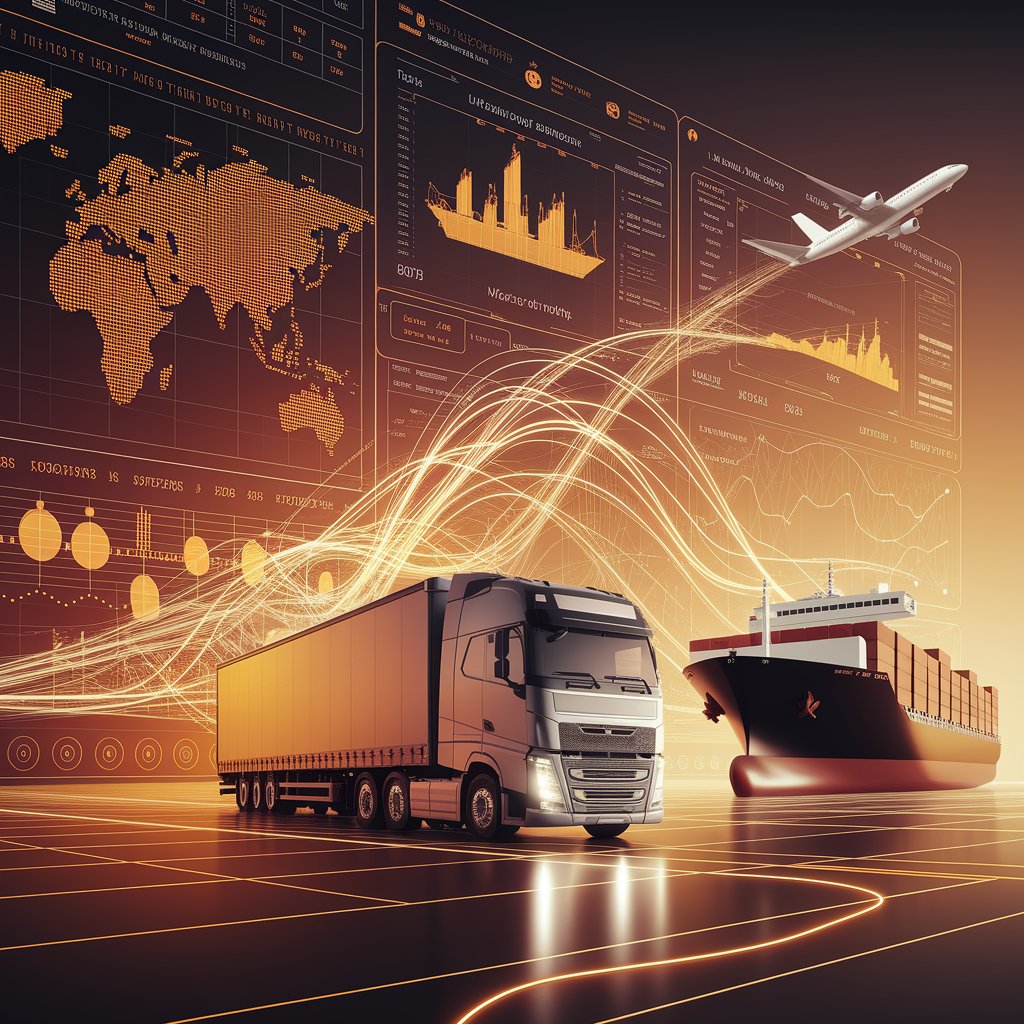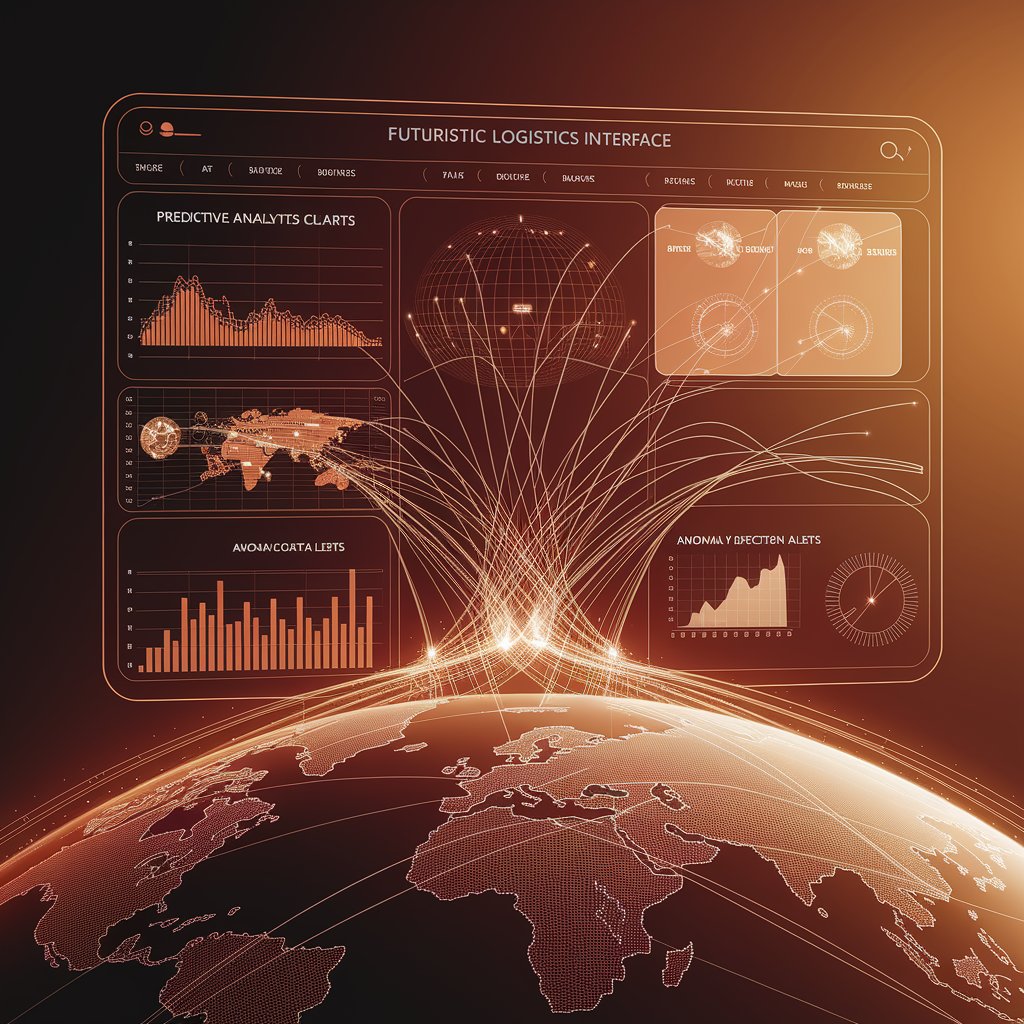Global Logistics Data Analytics: Unlocking Insights for Smarter Supply Chains

Introduction
That’s where global logistics data analytics comes in. By using advanced analytics, AI, and big data platforms, companies can move beyond basic reporting and unlock predictive and prescriptive intelligence—turning complexity into competitive advantage.
What Is Global Logistics Data Analytics?
Global logistics data analytics is the process of collecting, integrating, and analyzing data across international supply chains to improve decision-making. Unlike traditional reporting that focuses on historical events, advanced analytics uses machine learning, predictive models, and visualization to uncover trends, forecast disruptions, and suggest the best course of action.
It consolidates fragmented data sources—ERP, WMS, TMS, IoT sensors, and carrier systems—into a single intelligence hub for smarter logistics management.

Key Features of Global Logistics Data Analytics
- Real-Time Data Integration – Combines inputs from carriers, IoT devices, and customs platforms.
- Predictive Analytics – Anticipates demand spikes, delays, and cost fluctuations.
- Network Visualization – Maps transport flows across regions and trade lanes.
- KPI Dashboards – Tracks cost, service levels, and sustainability performance.
- Anomaly Detection – Identifies unusual cargo patterns or compliance risks.
- Scenario Planning – Simulates “what-if” situations like port closures or surges in demand.
Benefits of Global Logistics Data Analytics 📈
- Efficiency Gains – Streamline decision-making with a unified data platform.
- Cost Reduction – Identify waste, inefficiencies, and hidden costs.
- Risk Mitigation – Forecast disruptions from weather, strikes, or geopolitical events.
- Customer Satisfaction – Improve ETAs and service reliability with predictive insights.
- Scalability – Manage global operations without proportional cost increases.
- Sustainability – Track emissions and optimize greener transport options.

Real-World Applications
- Freight Forwarders – Provide predictive visibility and performance reports for clients.
- Carriers – Optimize fleet allocation and reduce empty miles.
- E-commerce Logistics – Anticipate seasonal spikes with advanced demand forecasting.
- Cold Chain Providers – Monitor cargo conditions and optimize compliance digitally.
- Global Shippers – Compare performance across carriers, routes, and regions.
Challenges in Global Logistics Data Analytics
- Data Fragmentation – Multiple carriers and regions use different systems.
- High Implementation Costs – Analytics platforms and IoT integration require investment.
- Data Privacy & Security – Protecting sensitive trade information is critical.
- Legacy Systems – Older ERP and TMS platforms may not support modern analytics.
- Change Resistance – Staff and partners may hesitate to rely on AI-driven insights.

Best Practices for Success
- Prioritize Data Standardization – Clean and unify records across regions and carriers.
- Start with High-Value Use Cases – Focus analytics on trade lanes with biggest cost or risk.
- Integrate Across Platforms – Ensure ERP, WMS, TMS, and IoT inputs connect seamlessly.
- Leverage Predictive & Prescriptive Analytics – Use insights not only to predict but to recommend actions.
- Invest in Data Security – Protect sensitive trade flows with strong cybersecurity.
- Track ROI Continuously – Measure efficiency gains, cost savings, and service improvements.
The Future of Global Logistics Data Analytics 🚀
- AI-Powered Digital Twins – Real-time simulations of global supply chains.
- Blockchain-Backed Analytics – Secure and transparent trade data.
- Collaborative Data Ecosystems – Shared intelligence across shippers, carriers, and regulators.
- Edge Analytics – Real-time insights processed at ports, warehouses, and fleets.
- Sustainability Intelligence – Advanced analytics tracking emissions and ESG performance.
Conclusion
Global logistics data analytics is no longer optional—it’s the foundation of modern supply chain management. By consolidating fragmented data into a single intelligence layer, companies can improve efficiency, reduce risks, and deliver better service.
For freight forwarders, carriers, and global shippers, adopting global logistics data analytics isn’t just a competitive edge—it’s the key to building smarter, more resilient supply chains.
